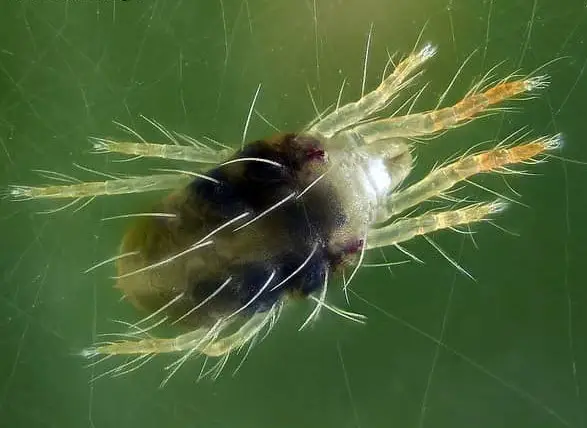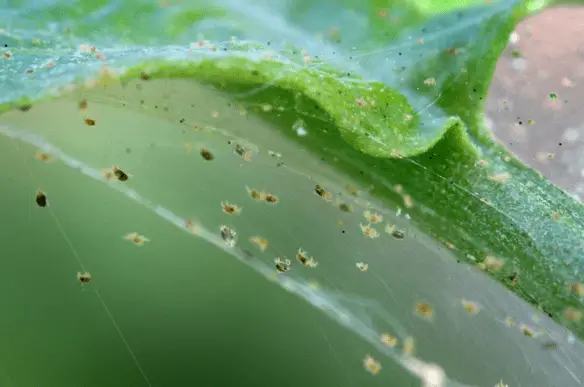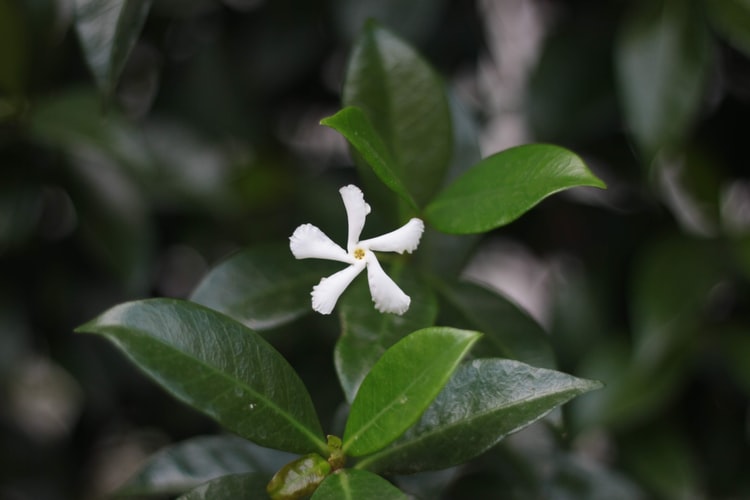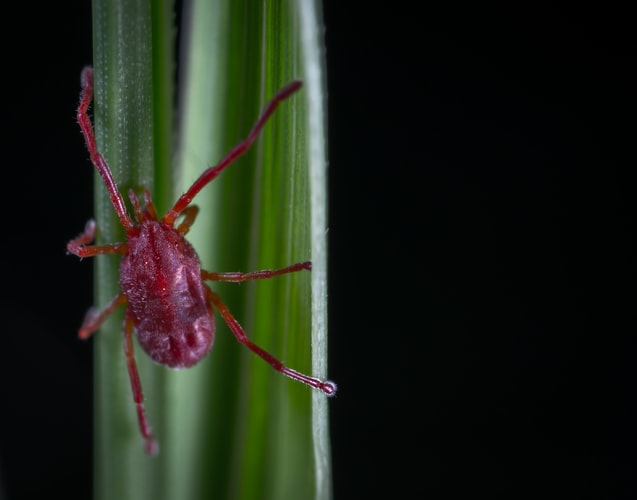Many people love jade plants, Crassula Ovata, for their striking appearance, low maintenance, and their ability to bring a touch of green into any space But what happens when your once-healthy Jade plant starts to show signs of distress, like blackened leaves?
While it may be tempting to panic, there are many reasons why Jade plant leaves turn black, and most of them are easily treatable with a little extra attention. Firstly, let me explain to you scientifically what happens when your jade plant leaves turn black.
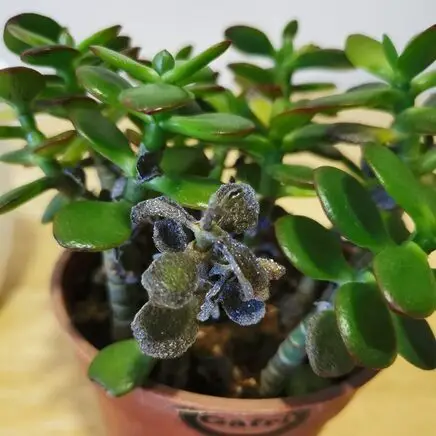
The scientific explanation of why jade leaves turn black
The blackening of jade plant leaves is often associated with cellular damage and the breakdown of plant tissues. Here’s a more detailed scientific explanation of the process:
Oxidative Stress
Oxidative stress can occur when there is an imbalance between the production of reactive oxygen species (ROS) and the plant’s ability to detoxify them. ROS, such as hydrogen peroxide, superoxide radicals, and hydroxyl radicals, are natural byproducts of cellular metabolism. However, when their production exceeds the plant’s defense mechanisms, they can cause damage to cellular components, including the chloroplasts and cell membranes in the leaves.
Cell Death and Necrosis
When jade plants experience stress, such as overwatering or extreme temperature changes, it can lead to cellular damage and disruption of physiological processes. This damage can trigger programmed cell death (apoptosis) or result in necrosis, which is the death of plant cells and tissues.
Anthocyanin Accumulation: Anthocyanins are pigments responsible for the red, purple, or black coloration in plants. In some cases, when jade plants undergo stress or damage, they may respond by producing more anthocyanins. This can result in the blackening of leaves or leaf margins. The accumulation of anthocyanins may serve as a protective mechanism against further damage by absorbing excess light or scavenging free radicals.
Fungal or Bacterial Infections: Excessive moisture or poor drainage can create a favorable environment for fungal or bacterial infections. These pathogens can invade the plant’s tissues, leading to discoloration, decay, and the eventual death of leaves. Fungal infections, such as those caused by species of Fusarium or Phytophthora, can cause black lesions on leaves.
Natural Causes of Blacking of jade plant leaves
Natural Aging Process
One of the most common reasons why Jade plant leaves turn black is due to the plant’s natural aging process. As the plant grows, older leaves may start to yellow, brown, or even turn black before falling off. This is entirely normal and doesn’t necessarily mean that your plant is unhealthy. It’s just a sign that your Jade plant is growing up and changing over time.
Lack of Sunlight
Jade plants thrive in bright, indirect sunlight. Without enough light, the leaves may start to darken, indicating that the plant is struggling to produce chlorophyll. This can be easily remedied by moving your Jade plant to a sunnier location. Another possible option is you can use artificial light.
Overwatering
Another common issue is overwatering. When the soil is wet for too long, the roots become damaged. This will lead to blackened leaves and other signs of distress (root rot). To prevent this, make sure to water your Jade plant only when the soil is dry to the touch. You also need to use a well-draining potting mix.
However, if you suspect that you overwatered your plant, you got two different solutions:
- If your plant is in a pot, change the potting soil and replace it with a fresh one, and don’t water it for a couple of days.
- If your plant is planted in a garden, you can try to air out the soil using a shovel or any suitable available tool. This will allow the soil to breathe again. After you’ve done that, avoid watering for a week.
Cold Temperatures
Jade plants are native to warmer climates, and exposure to cold drafts or temperatures below their preferred range (around 65-75°F or 18-24°C) can cause leaf damage and blackening. Ensure that you place your plant in a suitable location away from cold drafts or chilly environments.
Fungal Infection & Pests
Occasionally, jade plants get affected by pests like mealybugs, scale insects, or fungal diseases. Inspect your plant carefully for signs of pests (e.g., tiny insects, sticky residue) or any indications of fungal infections (such as spots or discoloration). Treat the infestation or disease promptly with appropriate measures.
Fungal infections are a common cause of blackened Jade plant leaves. This can be caused by a variety of factors, including overwatering, poor ventilation, or crowded conditions. To treat a fungal infection, you’ll need to remove any affected leaves and make sure to improve the plant’s growing conditions.
Read more: 17 Indoor Plants for Positive Energy
In conclusion, once we identify the reasons for the blacking of the leaves, and give the plant proper care and attention, we can easily treat it. Whether your plant is simply aging gracefully, in need of a little more sunlight, or suffering from a fungal infection, the most important thing is to give it the love and care it deserves. With a little patience, your Jade plant will be back to its vibrant and healthy self in no time.
For more gardening tips, make sure to subscribe to our free weekly newsletter and follow us on our socials:

